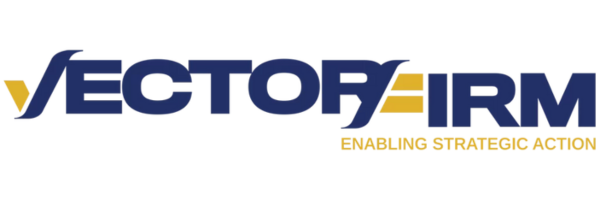
On a previously posted blog, Before asking your customers questions, do this…, we discussed the critical need to establish credibility with customers before asking them probing questions. Today, I’m going to share an easy way to do this.
For decades sales calls have followed a similar opening. The great ones would build rapport with their prospective customers, and then jump into asking a series of probing questions. The prospect would follow the process by providing transparent answers that helped the sales person understand everything they needed to know. The customer would feel validated and heard, and the sales person would have the information necessary to compose a unique solution to their problems.
It’s different today. The rapport building and probing questions are still very important, but if you don’t establish credibility, you won’t receive the candor you need to create a dialogue and a proper solution. Rapport and good questions without credibility is like a Lamborghini with a Ford Pinto’s engine. It’ll move, but nothing like it’s potential. So, how do we build credibility?
It’s actually pretty simple. After building rapport, say this:
“John, I’ve got a list of questions I want to ask about your organization, but before that I want to share a story about another organization like yours, and how we worked together on solving their problems. I think you’ll find the story relevant and it’ll help us have a better discussion.”
Then share a story of a relevant account. Your story doesn’t have to be about an account that is in their exact vertical market. Just make sure you can be relevant. There are two goals to this step:
- Establish credibility by making it clear that you understand their business and likely problems.
- Begin to establish authority by illustrating that you’ve solved their likely problems before. You won’t be seen as an authority yet. You’ll need to do more than share a story. However, you’ll definitely be viewed differently than other sales people asking questions.
Now, ask your questions. Keep this middle step to less than five minutes, but your prospect will come back to your example throughout your entire meeting.




